
Python Data Analysis - Python Data Analysis Tool
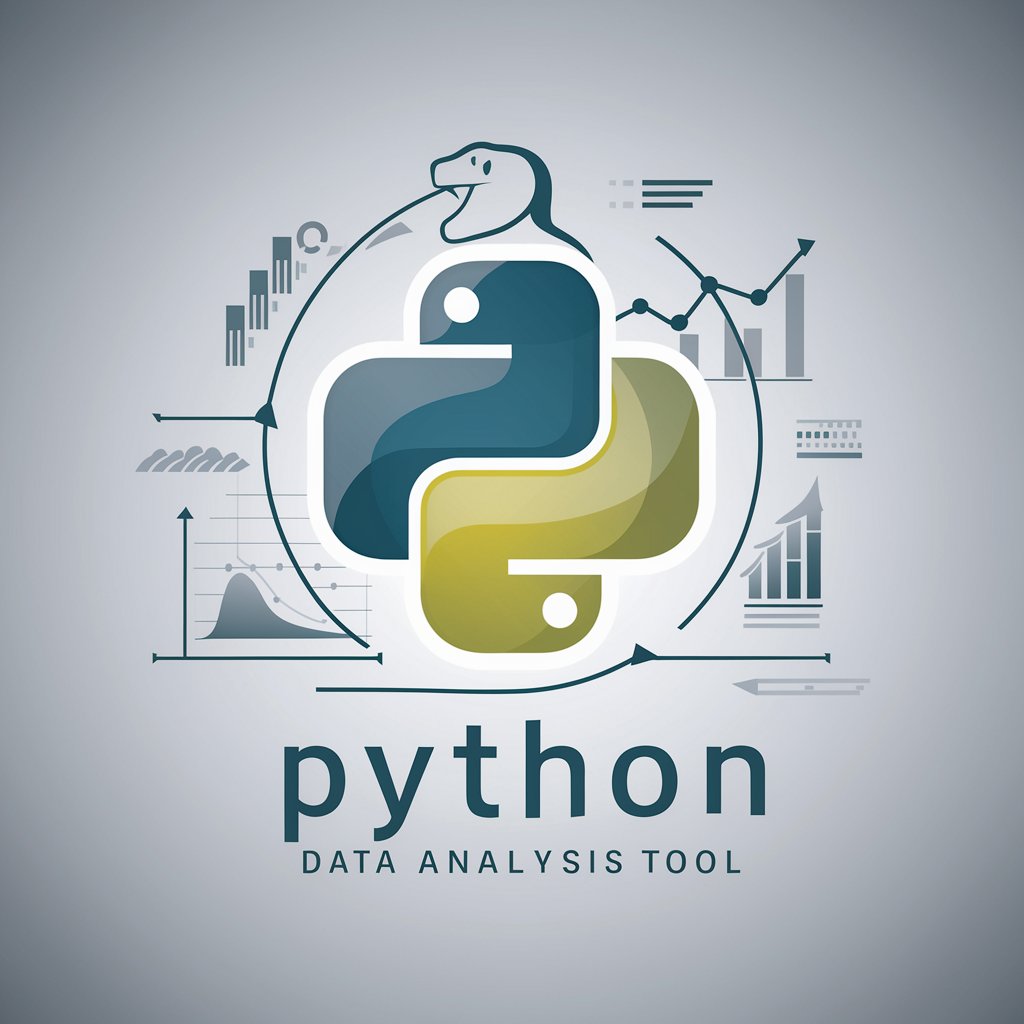
Hello! Ready to dive into data analysis with Python?
AI-powered insights from your data
Generate a data analysis report using Python for a dataset on customer sales.
Explain how to use Pandas to clean and preprocess data in Python.
Create a visualization of the relationship between two variables using Matplotlib.
Describe the steps to implement a machine learning model with scikit-learn.
Get Embed Code
Introduction to Python Data Analysis
Python Data Analysis refers to the process of inspecting, cleaning, transforming, and modeling data with the goal of discovering useful information, informing conclusions, and supporting decision-making. This is facilitated by Python's extensive ecosystem of data analysis libraries, such as Pandas for data manipulation, NumPy for numerical computing, Matplotlib and Seaborn for data visualization, SciPy for scientific computing, and scikit-learn for machine learning. These tools are designed to work together seamlessly, making Python an ideal language for data analysis. A common scenario illustrating these aspects is the exploration of a dataset to identify trends, patterns, and outliers. For example, a data analyst might use Pandas to clean and filter a dataset, apply NumPy to perform numerical calculations, visualize the data with Matplotlib to spot trends, and finally, use scikit-learn to predict future outcomes based on historical data. Powered by ChatGPT-4o。

Main Functions of Python Data Analysis
Data Manipulation
Example
Using Pandas to clean, filter, and transform data.
Scenario
A business analyst cleans a sales dataset by removing missing values, filters it for a specific time period, and aggregates sales data by region to identify market trends.
Numerical Computing
Example
Applying NumPy for complex mathematical operations.
Scenario
A scientist uses NumPy to perform statistical analysis and complex calculations on large datasets to validate hypotheses in a research study.
Data Visualization
Example
Creating plots and graphs with Matplotlib and Seaborn.
Scenario
A marketing team visualizes customer segmentation and purchase behavior using various charts, helping them to tailor marketing strategies to different customer groups.
Machine Learning
Example
Building predictive models with scikit-learn.
Scenario
A financial analyst develops a model to predict stock market trends based on historical data, using scikit-learn's regression and classification algorithms.
Statistical Analysis
Example
Conducting hypothesis testing with SciPy.
Scenario
A data scientist uses SciPy to perform A/B testing on website design changes to determine their impact on user engagement rates.
Ideal Users of Python Data Analysis Services
Data Scientists
Professionals who leverage data analysis, statistical models, and machine learning algorithms to generate insights and predictive models. They benefit from Python's comprehensive data analysis stack for modeling complex phenomena.
Business Analysts
Individuals who analyze business data to make strategic decisions. They use Python to manipulate and visualize data, identify trends, and derive actionable insights to improve business outcomes.
Researchers and Academics
Scholars and scientists using data analysis for empirical research. Python's libraries support them in statistical analysis, data manipulation, and the visualization of findings for academic papers or reports.
Data Journalists
Journalists who use data to tell compelling stories. Python enables them to clean and analyze public data sets, visualize trends, and communicate complex information in an accessible way.
Software Developers
Developers who incorporate data analysis features into their applications. Python's versatility and the availability of libraries for data analysis, visualization, and machine learning make it a preferred choice for developing data-driven applications.

Guidelines for Using Python Data Analysis
Start Free Trial
Initiate your Python data analysis journey by visiting a platform like yeschat.ai, offering a free trial without the need for a login or a ChatGPT Plus subscription.
Install Python & Libraries
Ensure Python is installed on your system along with essential libraries like Pandas, NumPy, and Matplotlib, which are fundamental for data manipulation, analysis, and visualization.
Explore Datasets
Select or import your dataset. Familiarize yourself with its structure and contents by performing preliminary data exploration using functions like .head(), .describe(), and .info() in Pandas.
Data Preprocessing
Clean and prepare your data for analysis by handling missing values, outliers, and categorical data, ensuring the dataset is optimized for accurate analysis.
Analyze & Visualize
Apply statistical methods and machine learning algorithms to analyze the data. Use visualization tools to create charts and graphs that help in interpreting the data effectively.
Try other advanced and practical GPTs
Exporitory Data Analysis (EDA)
Empower your data with AI-driven analysis
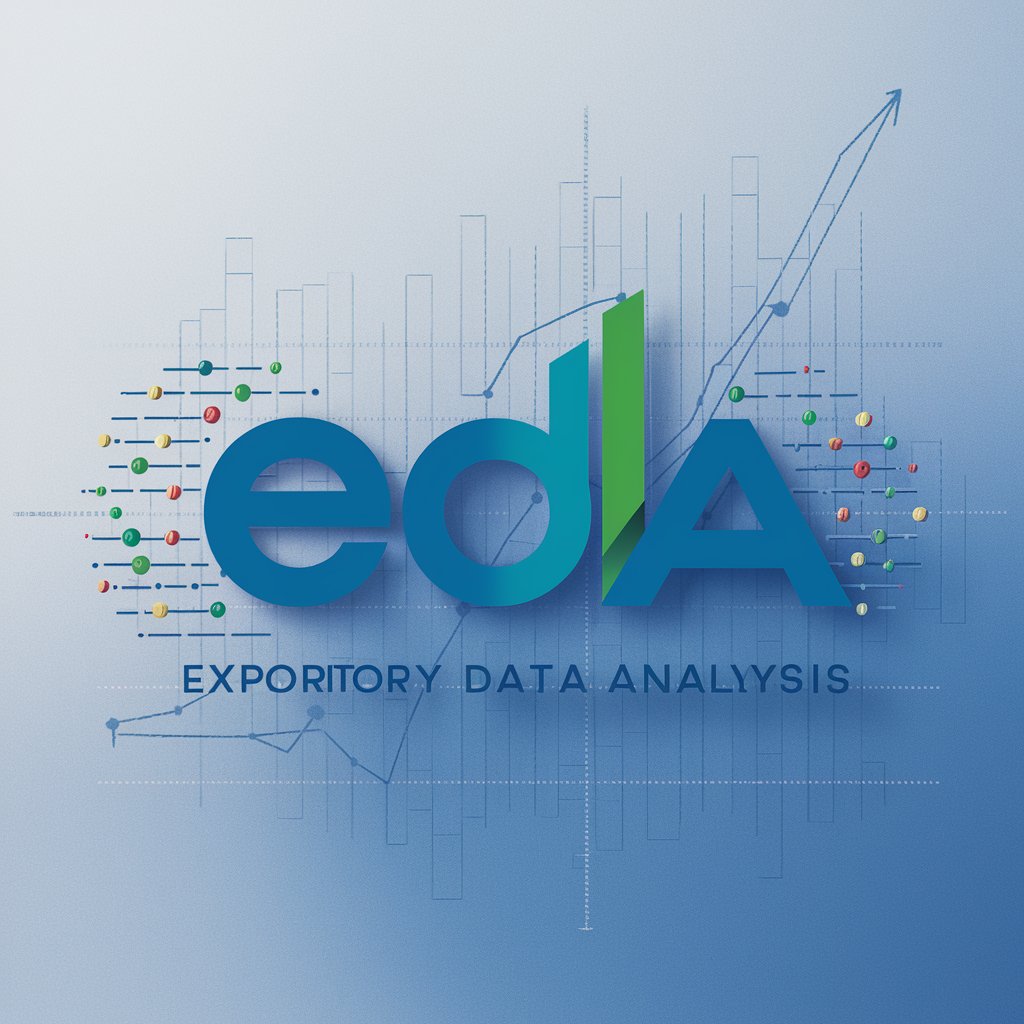
Jarvis
Empowering efficiency with AI

Technology Stack
Empowering Industries with AI

KANJI NAME CONVERTER
Transform Your Name into Art with AI

Book Summary
Unlock Knowledge with AI-Powered Summaries

Book Scout
Discover Books with AI Precision

Statistics and data analysis
Unlock Insights with AI-Driven Analysis

Data Analysis With Excel GPT
Empowering Excel analysis with AI
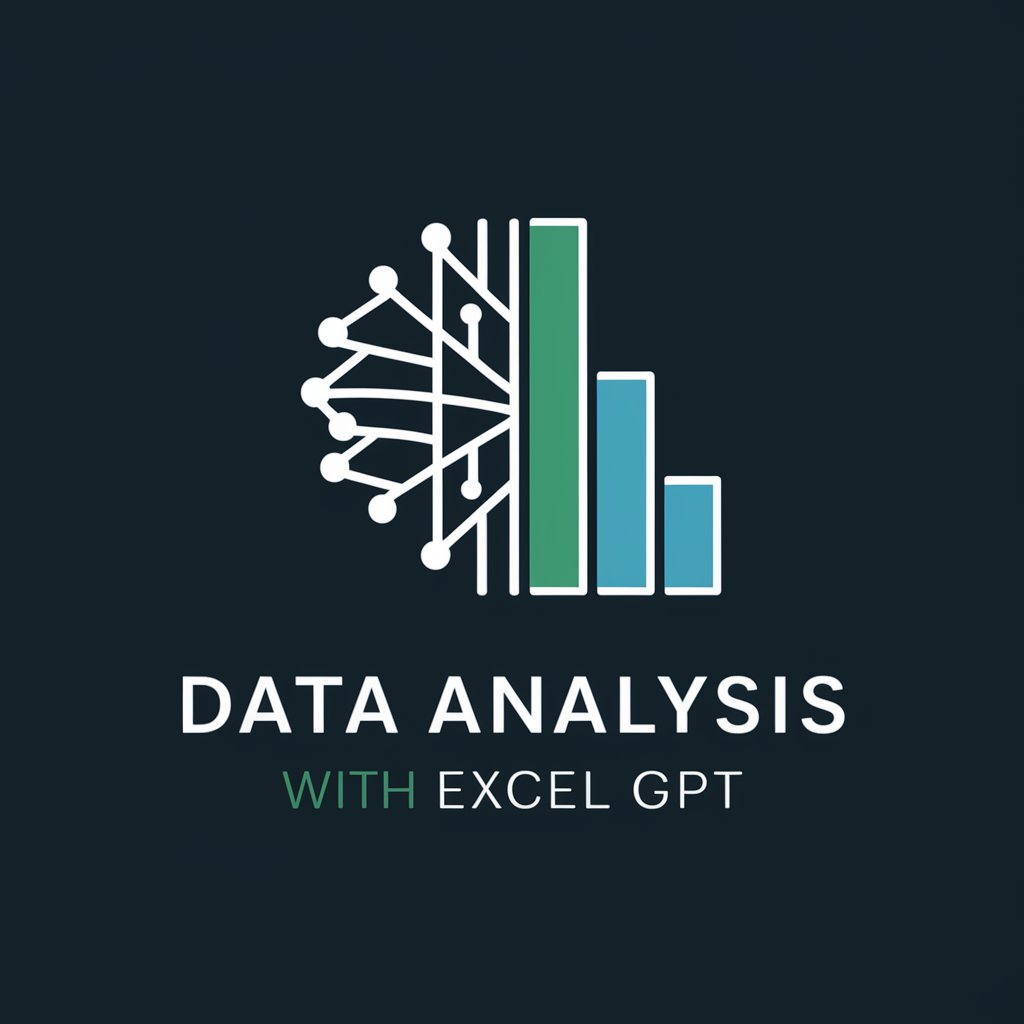
Advanced Data Analysis & Guiderails
AI-powered insights at your fingertips
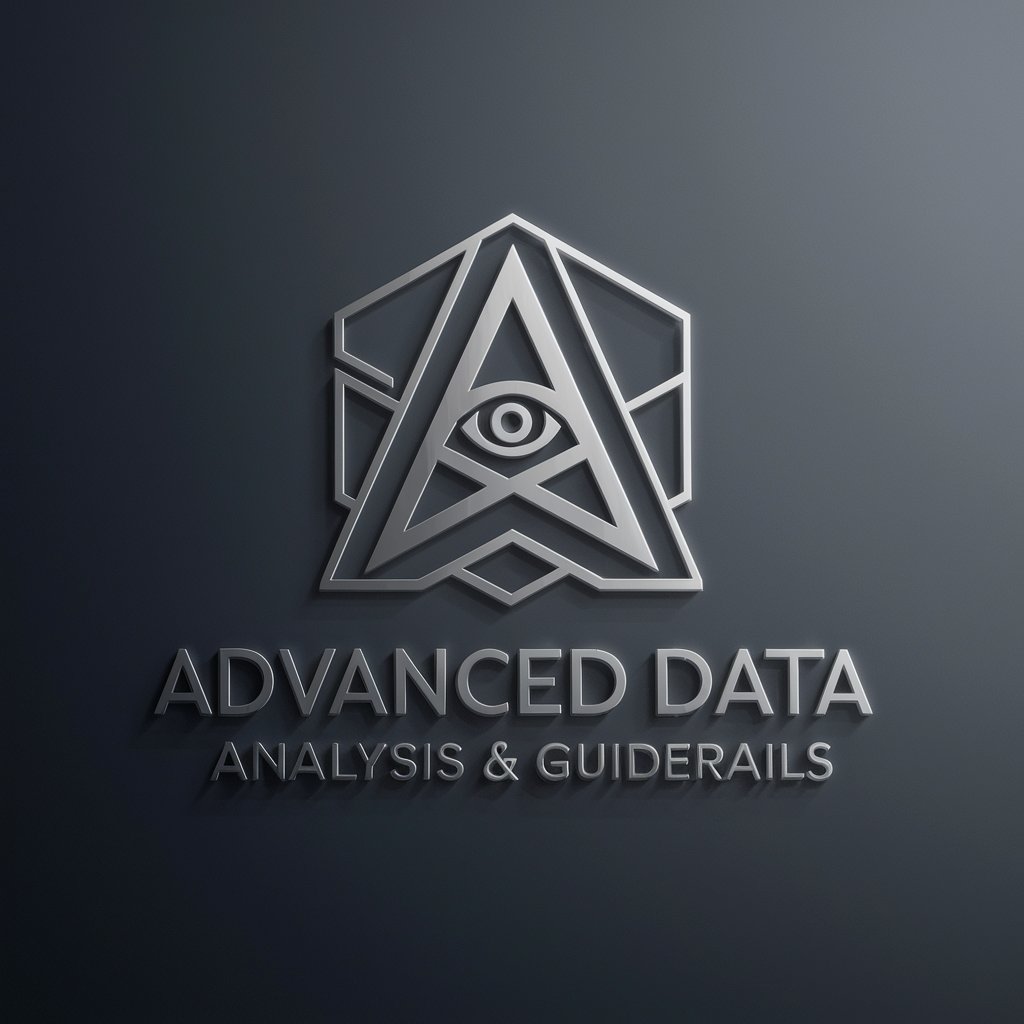
Data Analysis GPT
Empowering Data Decisions with AI
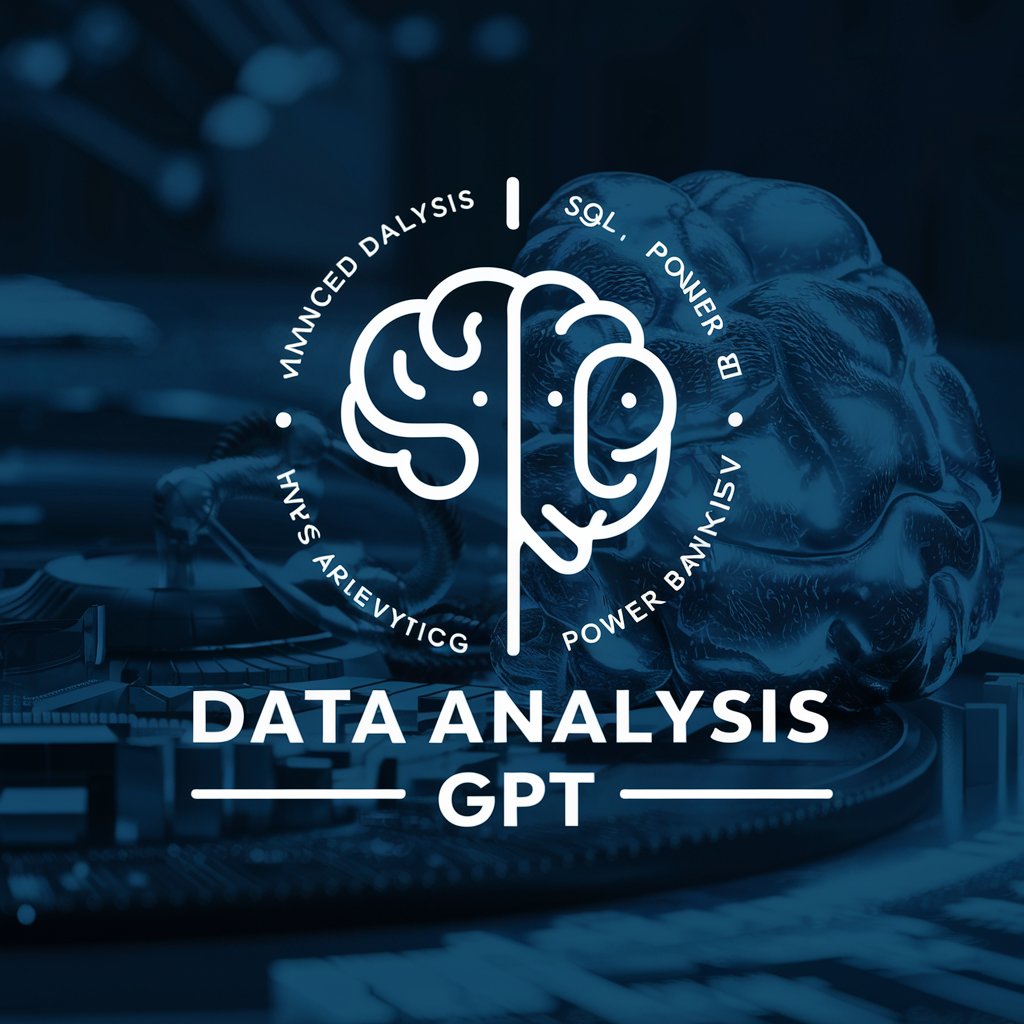
Qualitative Data Analysis
AI-powered thematic insight discovery
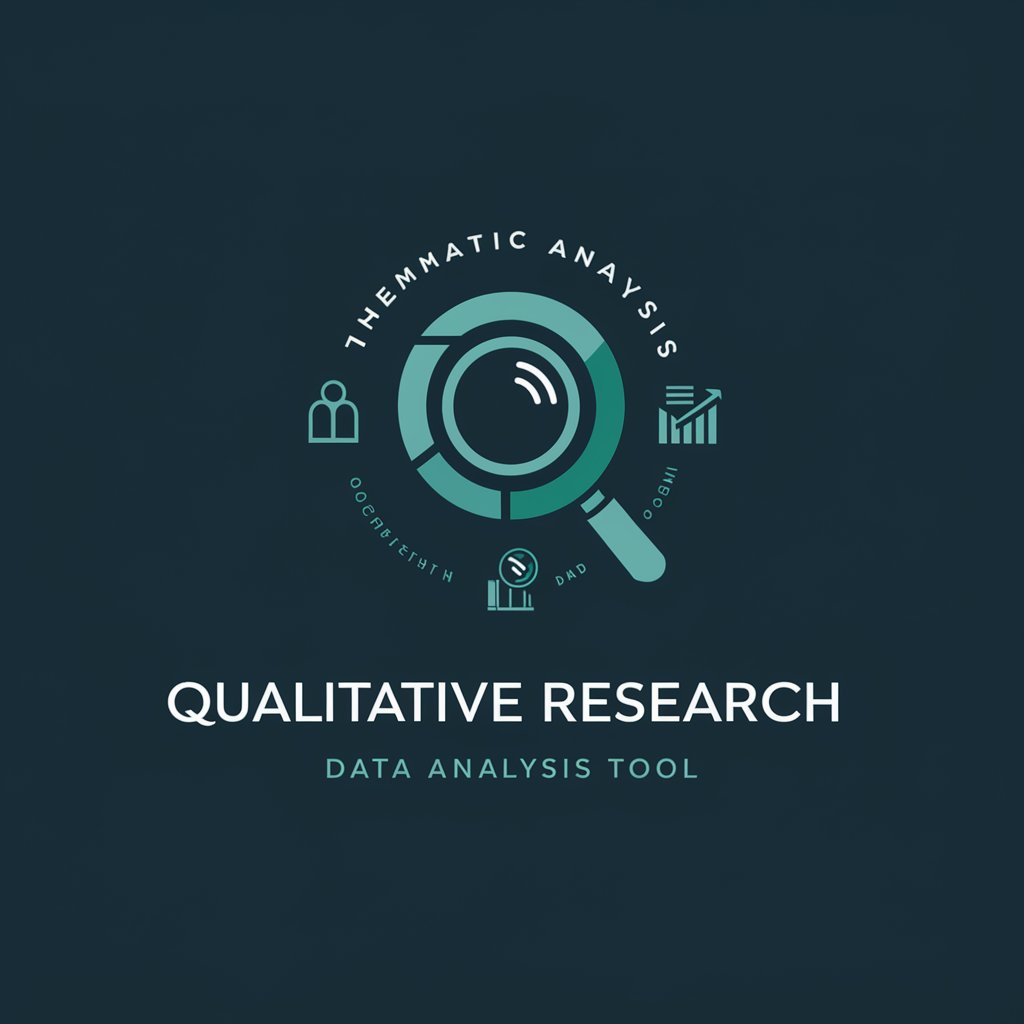
Data Analysis - SPSS
Empowering research with AI-driven SPSS analysis.
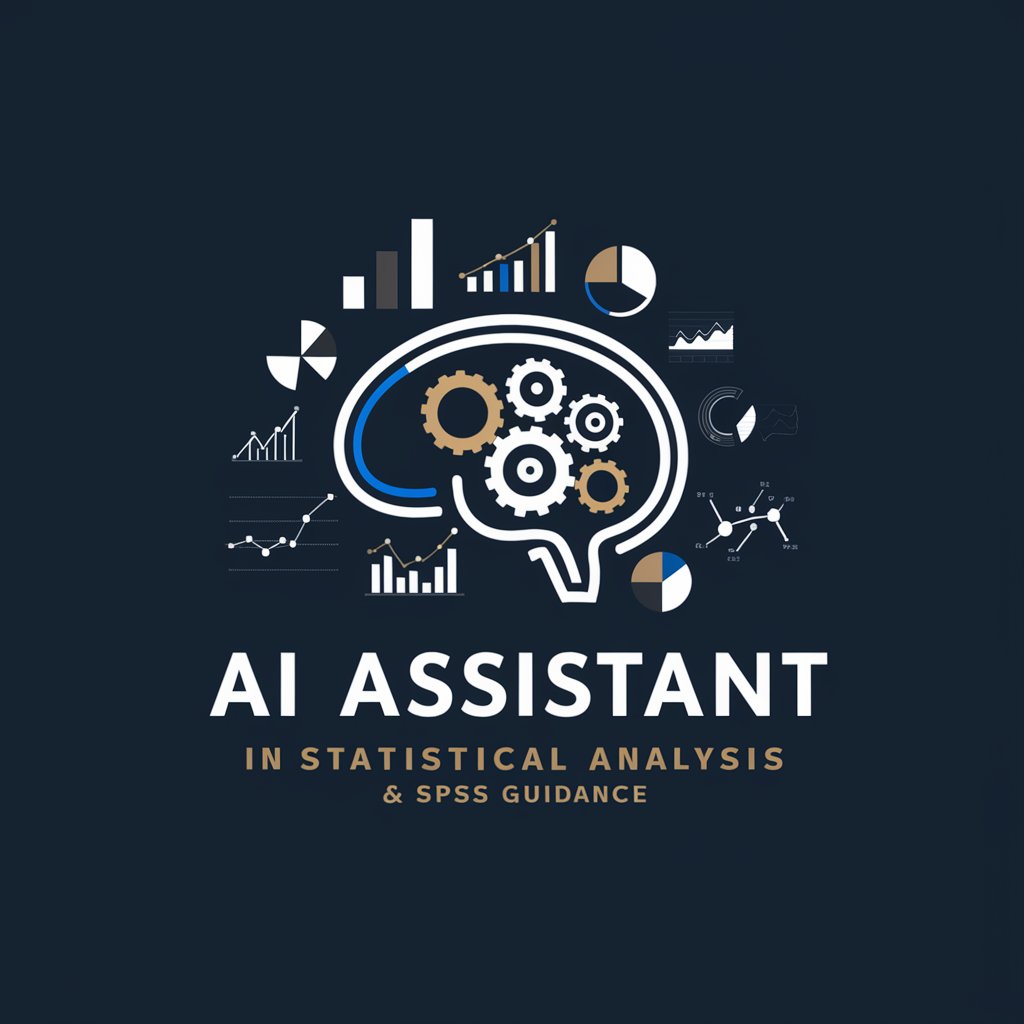
Detailed Q&A on Python Data Analysis
What makes Pandas essential for Python Data Analysis?
Pandas offers extensive functionality for data manipulation and analysis. It provides data structures like DataFrames and Series, facilitating easy data cleaning, exploration, and transformation, making it indispensable for Python data analysis.
How does NumPy complement data analysis in Python?
NumPy enhances Python data analysis by providing support for large, multi-dimensional arrays and matrices. It includes a vast collection of mathematical functions to operate on these arrays, optimizing computational efficiency.
Why is data visualization important in Python Data Analysis?
Data visualization is crucial as it translates complex data insights into visual formats, making the data more understandable. Libraries like Matplotlib and Seaborn enable analysts to create a wide range of plots and graphs that reveal underlying patterns and relationships.
Can Python handle big data for analysis?
Yes, Python can handle big data analysis through libraries like Dask and PySpark, which allow for parallel computing and integration with big data ecosystems, respectively, thus scaling Python's data analysis capabilities.
What role does SciPy play in Python Data Analysis?
SciPy extends the capabilities of NumPy with additional modules for optimization, linear algebra, integration, and other advanced mathematical and statistical functions, making it invaluable for scientific computations in data analysis.